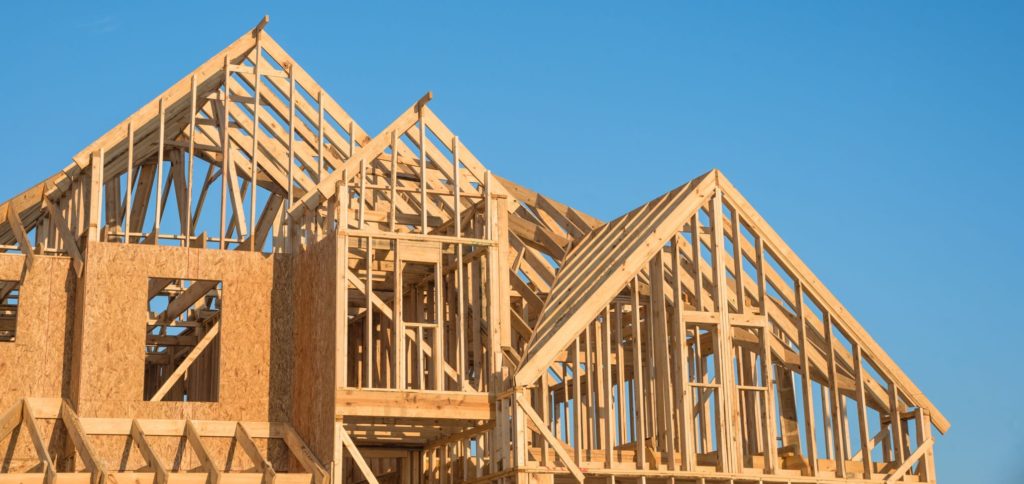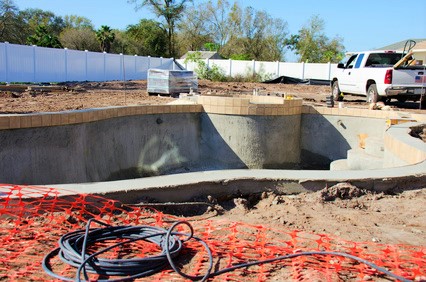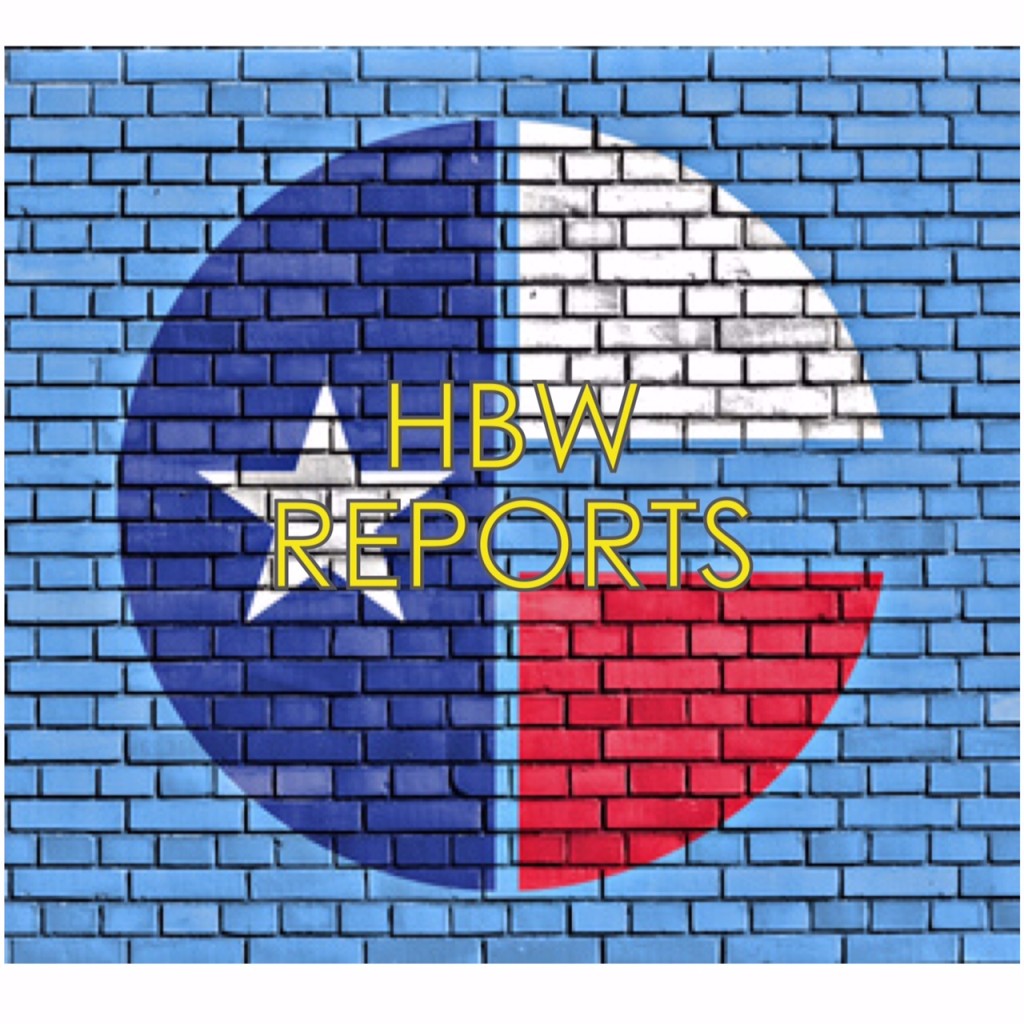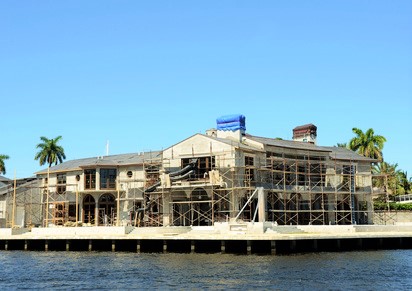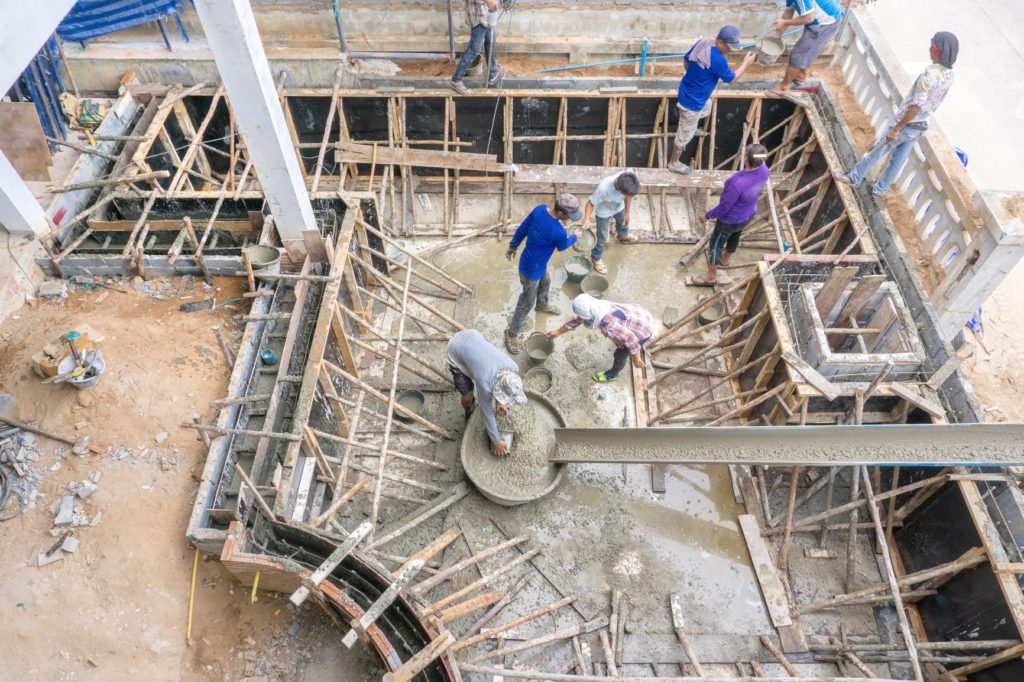A review of leading home builders in Texas during the month of April 2021

Last week, we reviewed new residential construction permit data in Texas for the month of April and discovered that there were approximately 7,745 residential construction permits with a total value of nearly $2 billion added to the HBW database for Texas. This week, we are taking a closer look into HBW’s construction data reports to identify the leading contractors that are driving residential construction in each of the four major metro areas of Dallas, Houston, Austin and San Antonio.
Across the four areas, two home builders have and continue to lead residential construction in terms of housing starts. Last month, D.R. Horton and Lennar Homes each had 740 and 615 new residential construction permits on record respectively; in addition to landing on the top of the leaderboard in most areas reviewed, they accounted for 18 percent of all new home construction in Texas for the one-month period.
Here is a closer look at the top five home builders for total new permits in Dallas, Houston, Austin and San Antonio during the month of April 2021:
Houston
Last month, there were more than 360 home builders with new construction activity on record with HBW in the Houston area, and the following ranked as the top five for total new permits:
| Builder | Total Permits |
| 1-Lennar Homes | 283 |
| 2-D.R. Horton | 252 |
| 3-K Hovnanian Homes | 138 |
| 4-Pulte Homes | 118 |
| 5-Perry Homes | 96 |
Dallas
In Dallas, there were more than 220 contractors with new home construction on record with HBW for the month of April, and the following ranked as the top five for total new permits during the one-month period:
| Builder | Total Permits |
| 1-D.R. Horton | 371 |
| 2-First Texas Homes | 179 |
| 3-Pulte Homes | 152 |
| 4-Lennar Homes | 140 |
| 5-Trophy Signature Homes | 139 |
Austin
Last month, there were 85 contractors in Austin with new residential construction on record with HBW, and the following ranked as the top five for total new permits:
| Builder | Total Permits |
| 1-Lennar Homes | 183 |
| 2-D.R. Horton | 117 |
| 3-Pulte Homes | 84 |
| 4-Brookfield Residential Texas Homes | 81 |
| 5-Taylor Morrison Homes | 64 |
San Antonio
In San Antonio, there were approximately 75 home builders with new construction activity on record with HBW last month, and the following ranked as the top five for total new permits during the one-month period:
| Builder | Total Permits |
| 1-Tri Pointe Homes | 29 |
| 2-Continental Homes of Texas | 13 |
| 3-Trendmaker Homes | 11 |
| 4-Bellaire-Hagen | 10 |
| 5-Bella Vista CMI | 10 |
To gain more information on the builders, homeowners and permits for the construction activity above, check out HBW for your copy of the latest construction data reports. To gain access to the HBW database and receive custom and detailed reports on the latest residential and commercial building activity in Florida, Georgia, Texas, Alabama, and Oklahoma, please contact HBW for details.

